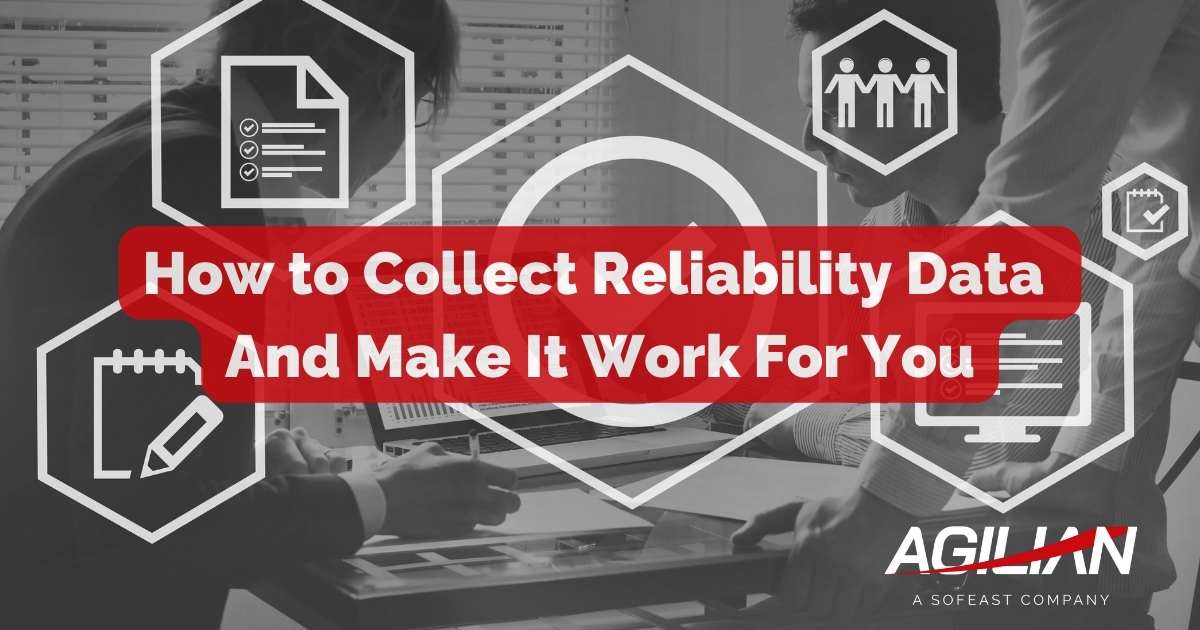
Manufacturers can collect reliability data from their testing and product returns to assess the performance and durability of their products. Gathering and using this data is critical for improving product quality, reducing warranty costs, and boosting customer satisfaction.
You can listen to an interesting discussion about reliability data in this episode of the Sofeast podcast:
What kind of reliability data can be obtained and from where?
Reliability data comes from reliability testing (especially from failed tests and qualifications), checking product returns from dissatisfied customers, and also the issue tracking database during design and development. Even new products that haven’t yet been sold can teach us things about reliability if you’ve followed a comprehensive NPI process and done relevant engineering-level testing and multiple tests on prototypes.
Information about a product’s reliability that we can use to make improvements can be found in the following:
- Failure Rate Data
- Mean Time Between Failures (MTBF) Data
- Warranty Claims Data
- Return Rate Data
- Field Testing Data
- Accelerated Life Testing
- Environmental Testing
- Vibration and Shock Testing
- Statistical Analysis
- Customer Feedback
Keeping a database of past issues or ‘lessons learnt.’
The data you’re gathering is a valuable resource and can help shape the next product you make. Engineers are able to avoid past mistakes and problems because they already know what to avoid by dipping into the data.
Companies usually collect helpful data in a ‘lessons learnt database,’ which may perhaps simply be a collaborative spreadsheet, for example. As soon as helpful test data arrives, it’s added to the database. The same can be said for product returns. After they have been triaged, the information can be added; for example, it might become apparent that a specific component purchased from one supplier was responsible for a lot of product failures in the field. This is noted in the database and then in future, this supplier and/or component can be avoided.
Data collected is not always negative or cautionary, either. If a problem has been fixed, when it was fixed, by whom, and how, will also be added. Imagine how useful this is! Months or years down the line when you make future products, engineers don’t need to find solutions to that same problem again, they can just refer to the database.
Some companies will start off the development process of a new product by going through the lessons learnt database for a prior iteration or similar product in case the learnings there can immediately be used to start off on the right path.
Using reliability data to make better products
The different ‘failure modes,’ which might be design, supplier, manufacturer, or component-related, that have been uncovered can be filtered using a Pareto analysis so you can narrow them down to the 20% which cause 80% of the issues with the product. If you concentrate on fixing these few issues, you’ll have a roughly 80% more reliable product. For example, if an unreliable component is causing multiple problems, it’s a no-brainer to source a replacement.
Using reliability data to reduce costs
You can also use reliability data to reduce costs. Here are a few examples of where cost reductions could be found:
- Swap custom-made components for off-the-shelf ones that are still reliable enough.
- Reduce multiple parts to just a few.
- Use fewer suppliers for more components, thereby paying lower costs as you’re placing larger orders.
- Redesign existing parts to be more reliable rather than finding new ones.



